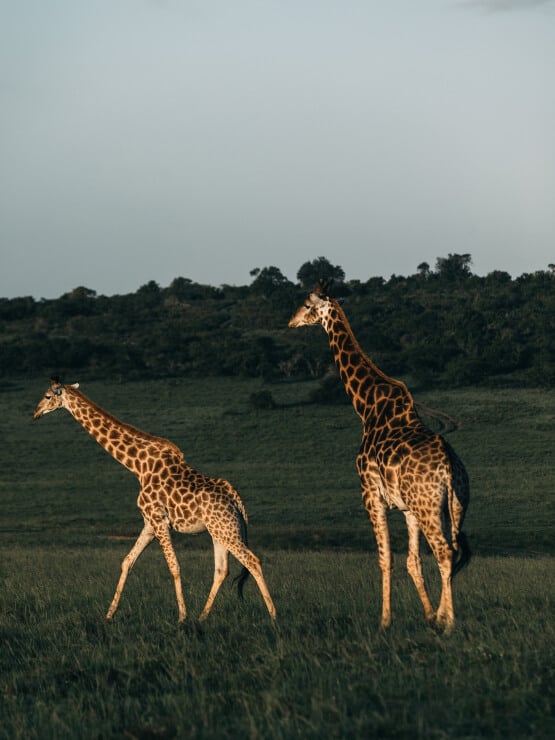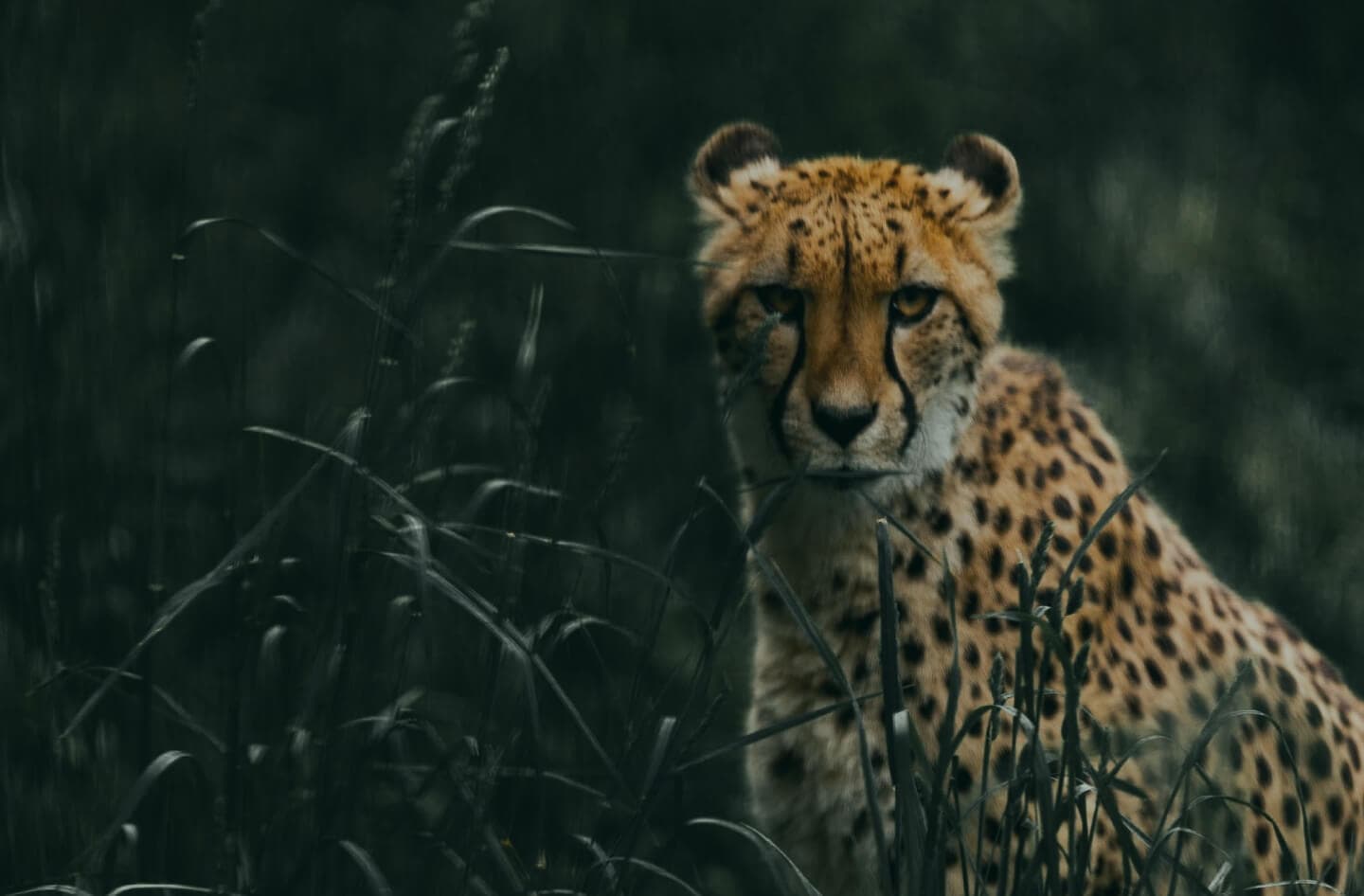Rolwaling Valley Trek is situated between the Everest and Langtang Himalaya range. Below Gauri Shankar (7145m) and south border of Tibet the Rolwaling valley is less visited trekking destination in Nepal. Gaurishankar Rolwaling valley trekking is fully camping trekking route offers unique cultural experience with amazing mountain views. Rolwaing Valley Camping trekking offers adventurous experience with stunning views of Mount Everest, Makalu, Amadablam and many more.
Highlight of Camping Rolwaling Valley Trek
- Nepal’s finest high mountain valleys West of the Khumhu.
- Amazing camping experience in the lonely high Rolwaling valley.
- An opportunity to Explore Diverse Vegetation, climate, topography and other many beautiful places.
Overview
Camping Rolwaling Valley Trek is situated between the Everest and Langtang Himalaya ranges, below Gauri Shankar (7145m) and south border of Tibet. This region lies between Langtang range and Everest range. Camping Rolwaling Valley Trek takes you to one of the Nepal’s finest high mountain valleys West of the Khumhu, directly on the Tibetan frontier there is a wild, lonely high valley the “Rolwaling” which is called simply “the grave” by the indigenous Sherpa’s on account of its location – buried down between steep ice-giants. Many mysterious stories have been passed on about this valley. Through which the forefathers of the present-day Sherpa’s once came.
The Rolwaling Valley Camping Trek starts from Dolakha, near Charikot, an eight-hour drive from Kathmandu. Rolwaling Valley Trek is one of the stunning trekking available in Nepal. We trek following the Rolwaling River; the area will be rich in flora and fauna aspect because of fewer intruders. The dark narrow valley of Rolwaling opens broad near villages of Bedding (3,510m) and Na (4,120m). Beyond Bedding, we climb to the last settlement in the valley: the summer meadow village, Kharka of Na. From here we will spend two days exploring the Yalung La region with its stunning glacier fields and the Tsho-Rolpa glacier lake. Rolwaling Valley Trekking will show you the hidden Himalayas that are not explored by many trekkers’ yet. A very fine but tiring camping-style expedition can be made through the Rolwaling Himal to cross the Teshi Lapcha La (5755m) and into the Solukhumbu. Great views of Mt. Melungtse (7181m) Mt. Dorje Lakpa and Mt. Tashi Lapcha are visible. It will be the unforgettable experiences in the Himalayas.
This camping trek requires good walking experience and physical fitness, but does not require any experience of rock or ice work. The adventure begins with a picturesque drive eastwards along the Tibetan Highway to Lhasa. It then turns northwards, climbing gradually into the high Himalaya. The scenery is everywhere captivating. Camping Rolwaling Valley Trek provides you an opportunity to Explore Diverse Vegetation, climate, topography and other many beautiful places. The region is very close to the Tibetan border. Here you can see people highly influence of Tibetan culture and have adopted Unique Culture and Tradition. People her will welcome you with warm heart and welcoming nature.
Rolwaling Valley Trekking is possible all months of year but autumn and spring offers tolerable temperatures with clear views of Himalayan ranges over blue sky. The stunning sunrise and sunsets can also be observed during the whole Rolwaling Trek.
Outline Itinerary
| Day | Program | Elevation |
|---|---|---|
| 1 | Arrival to TIA airport. Pick up from there then check in to hotel in Kathmandu Upon arrival in Kathmandu. | 1440m |
| 2 | Drive Kathmandu to Sigatte , 5-6 hrs | 1020m |
| 3 | Sigatte – Jagat , 5-6 hrs | 1250m |
| 4 | Jagat – Simigaon , 5-6 hrs | 2025m |
| 5 | Simigaon – Donga ,5-6 hrs | 2800m |
| 6 | Donga – Beding , 5-6hrs | 3690m |
| 7 | Beding Rest and acclimatization day: Malung Kharka hike, 5-6 hrs. | |
| 8 | Beding – Na: , 5-6 hrs | 4185m |
| 9 | Na: Rest and acclimatization day – Yalung La hike:: 4-5 hrs | |
| 10 | Na – Nyiduk Kongma , 5-6hrs | 4750m |
| 11 | Nyiduk Kongma – Drolumbau Glacier , 5 -6 hrs | 5205m |
| 12 | Drolumbau Glacier – Teshi Laptsa pass and decent to Camp at , 6 -7 hrs | 5755m-5460m |
| 13 | Camp – Thame , 5-6 hrs | 3805m |
| 14 | Thame – Khumjung , 3-4 hrs | 3871m |
| 15 | Khumjung – Monjo ,3-4 hrs | 2840m |
| 16 | Monjo – Lukla, 4 – 5 hrs | 2840m |
| 17 | Lukla – Kathmandu. , 35min flight. | 1350m |
| 18 | Final departure |





